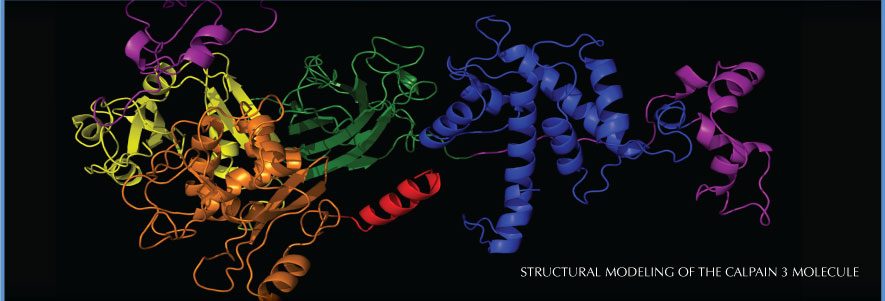

Genetic defects in calpain 3 lead to Limb-Girdle Muscular Dystrophy type 2A, a disease of the skeletal muscle that affects predominantly the proximal limb muscles. There is no treatment for this disease to date. In an attempt to define a therapeutic strategy for LGMD2A, Dr. Richard's lab tested viral-mediated gene transfer of the CAPN3 cDNA in an animal model deficient in calpain 3. Efficient and stable transgene expression was obtained in the skeletal muscle after intramuscular and loco-regional administration. Moreover, its presence resulted in improvement of the histological features and in therapeutic efficacy at functional level. However, a cardiac toxicity that they related to an unregulated activity of calpain 3 was subsequently observed when the vectors were transferred using systemic administration. Following these results, Dr. Richard’s lab designed second generation vectors for skeletal muscle restricted expression. They showed that they were able to suppress the cardiac toxicity. Now, the research team needs to ascertain that the level of calpain 3 expressed in the skeletal muscles with the new vectors is sufficient to correct the pathology and that there is no toxicity of the transgene in other organs. |
|||||||
|
Copyright © 2013 Coalition to Cure Calpain 3. All rights reserved Website by hEDWERXdESIGN |